Our skin is the largest organ in our body. As a barrier between the inside of our body and the outside world, it’s responsible for protecting us from infection and disease. It also plays a vital role in detecting hot and cold, regulating our body temperature and has an important role in detoxification. We sweat through our skin, which may help reduce oxidative stress, regulate immune function, and even reduce insulin resistance. And of course, our skin can act like an early warning sign that something isn’t right, via conditions like rashes, hives, acne, and eczema. And beyond the functional benefits of healthy skin, most of us strive for that youthful-looking glowing, clear and healthy skin we associate with overall health and beauty.
Table of Contents[Hide][Show]
Our skin is nourished both with the products we use and by our diet. I’ve discussed the roles of key dietary nutrients for skin health in 3 Keys for Beautiful Skin and Nutritional Support for Injury and Wound Healing. In this post, I want to share some scientifically-validated natural ingredients that can promote healthier skin when applied from the outside!
The field of dermatology is beginning to embrace traditional fats and oils as: the base for therapeutic creams and lotions enhancing the treatment efficacy for conditions like eczema; as agents to increase the penetration of nutrients in daily skin care products or of or medications in therapeutic skin care products; and as therapeutic in their own right, speeding wound healing, helping to resolve eczema, reducing acne, and benefiting a variety of other skin conditions.
The following five healing oils have been quite extensively studied for their skin health-enhancing properties. So, let’s get super nerdy and dive into the detailed mechanisms of action for these beneficial oils!
Save 80% Off the Foundations of Health
Expand your health knowledge on a wide range of topics relevant to you, from how to evaluate scientific studies, to therapeutic diet and lifestyle, to leaky gut and gut microbiome health, to sustainable weight loss, and much more!!!

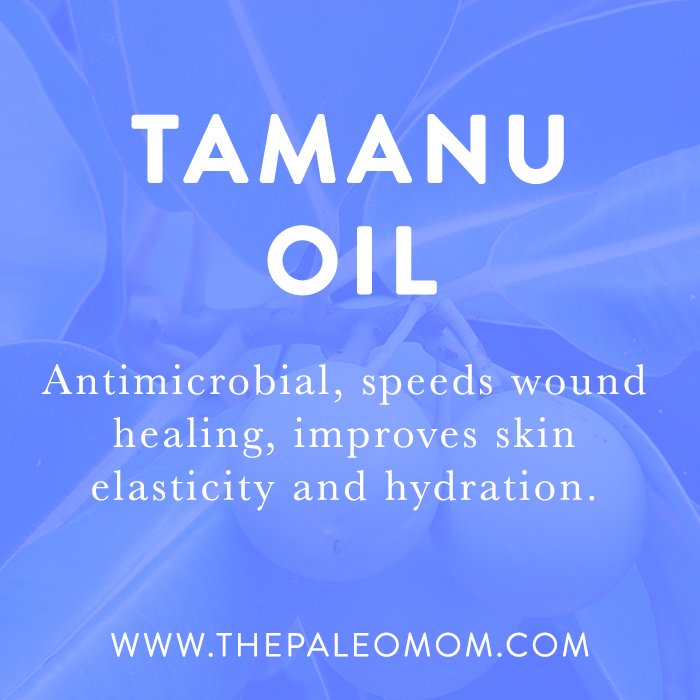 Tamanu Oil
Tamanu Oil
Tamanu oil is the oil extracted from the seeds of Calophyllum inophyllum L., an evergreen tree found predominantly in Polynesia and used traditionally for wound healing and to cure various skin ailment including minimizing scars and treating burns, infected wounds, dermatosis, urticarial, acne and eczema.
Studies confirm that tamanu oil has antibiotic properties, including strong activity against HIV-1 and Staphylococcus aureus. Tamanu oil can directly inhibit the cell division of Gram-positive bacteria and it can modulate immune responses against Gram- bacteria by increasing the release of β-defensin 2 peptide by macrophages. Tamanu oil increases cell proliferation, production of collagen and glycosaminoglycan (an important structural component of the extracellular matrix that is critical for maintaining skin hydration), and markedly speeds wound healing. These mechanisms of action confirm the utility of tamanu oil for most of its traditional uses.
Summary: antimicrobial, speeds wound healing, improves skin elasticity and hydration
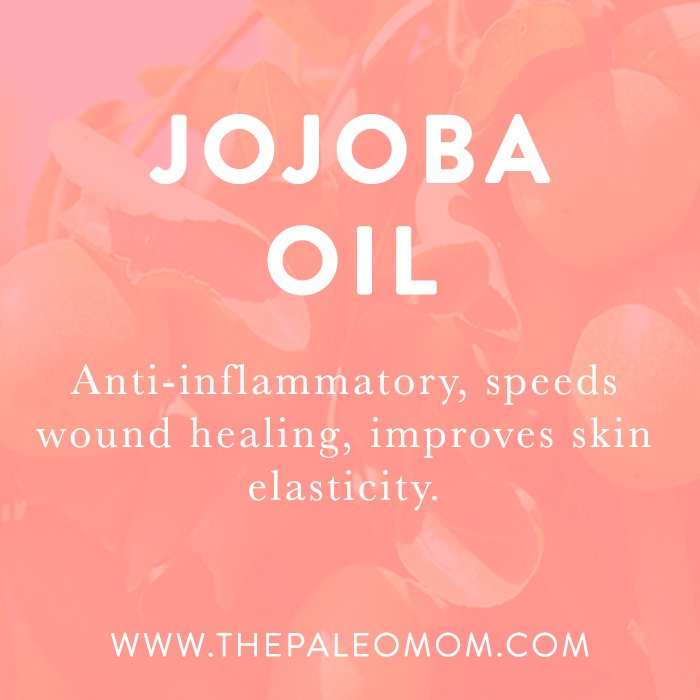 Jojoba Oil
Jojoba Oil
Jojoba oil is a liquid wax extracted from the seed of Simmondsia chinensis, a shrub native to south-eastern USA and northwestern Mexico. Native Americans traditionally used jojoba oil to treat sores and wounds. Jojoba oil is also a common ingredient in cosmetics formulas such as suncreens and moisturizers and therapeutic creams to increase absorption of topical drugs.
Studies confirm that jojoba oil has strong anti-inflammatory properties, reducing edema (swelling) and neutrophil recruitment and activity (neutrophils are a first-responder immune cell, responsible for generalized inflammation caused by innate immune system activation), and decreasing production of the very potent proinflammatory cytokine TNF-alpha. Jojoba oil also speeds wound healing and stimulates collagen I synthesis in skin fibroblasts. Jojoba oil also has proven antifungal properties. These mechanisms of action confirm the utility of jojoba oil in a variety of skin conditions including skin infections, skin aging, as well as speeding wound healing.
Summary: anti-inflammatory, speeds wound healing, improves skin elasticity
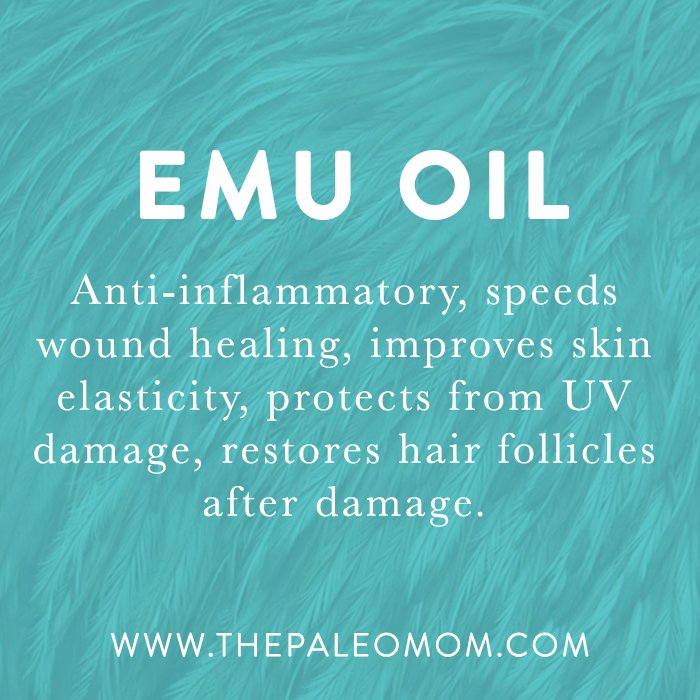 Emu Oil
Emu Oil
Emu oil is obtained from the fat deposits of emus, yes, the flightless bird frequently mistaken for an ostrich. Emu oil contains high amounts of polyunsaturated fatty acids and antioxidants, including carotenoids, flavones, polyphenols and phospholipids.
Emu oil has potent anti-inflammatory actions. Studies have used topical or oral doses of emu oil to treat a variety of inflammatory conditions, even showing therapeutic potential for inflammatory bowel diseases. Even topically, emu oil dramatically reduces inflammation, in one study reducing expression of proinflammatory cytokines IL-1α and TNF-α by a whopping 70% and 60% respectively.
Topical application of emu oil stimulates the proliferation of skin cells, fibrogenesis and synthesis of collagen. It’s been shown cosmetically to reduce wrinkles and help rejuvenate sun-damaged skin. Emu oil also stimulates melanogenesis (melanin protects against UV damage from the sun) and increases hair growth, leading to its recommended use for the treatment of hypopigmentation, alopecia, and baldness.
Summary: anti-inflammatory, speeds wound healing, improves skin elasticity, protects from UV damage, restores hair follicles after damage
Evening Primrose Oil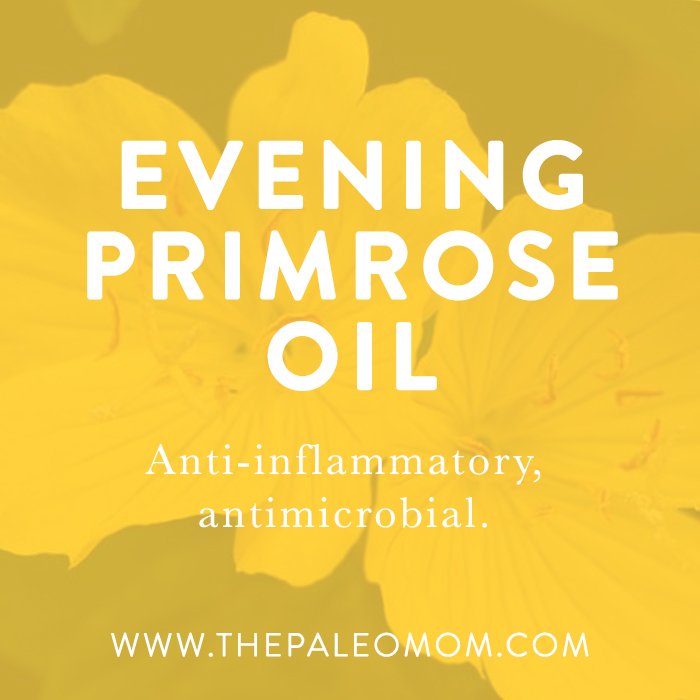
Evening primrose oil is the oil extracted from the mature seed of the Oenothera biennis, native to eastern and central North America. While evening primrose oil only began being used medically in the 1930s for everything from reducing PMS to inducing labor to mitigating rheumatoid arthritis (none of these uses are scientifically validated), the traditional use of the evening primrose plant by Native Americans included using the whole plant for bruises, the roots for hemorrhoids, and the leaves for minor wounds, gastrointestinal symptoms, and sore throats.
Evening primrose oil contains 8% to 10% gamma-linolenic acid (GLA), a very beneficial omega-6 polyunsaturated fat with strong anti-inflammatory properties (contrasting with the inflammatory actions of most other omega-6 fatty acids). In the body, GLA is converted into another fatty acid called dihomo-gamma-linolenic acid (DGLA), which competes with arachidonic acid (AA) for insertion into the cell membranes in a similar way to the long-chain omega-3 fatty acids EPA and DHA. Furthermore, like EPA and DHA, DGLA can be metabolized to form prostaglandins and thromboxanes (these chemical messengers influence inflammation, blood clotting, dilation of blood vessels, etc.). Specifically, when DGLA is available in the cell membrane, prostaglandin E1 and thromboxane A1 are formed, which have anti-inflammatory and antithrombotic properties. Increased DGLA also results in decreased production of the more inflammatory thromboxane A2 and, because DGLA cannot be metabolized into leukotrienes, decreased production of the proinflammatory leukotrienes metabolized from AA.
Evening primrose oil and other rich sources of GLA like borage oil have been investigated as treatments for eczema, PMS, breast pain, and a few other health conditions. While the therapeutic value of evening primrose oil for these health conditions is limited, one property of this oil stands out as being very beneficial for skin health. GLA and other long-chain polyunsaturated fats (like EPA) have strong antimicrobial properties against Propionibacterium acnes and Staphylococcus aureus, making these fats very useful in the treatment of acne and superficial infections.
Summary: anti-inflammatory, antimicrobial
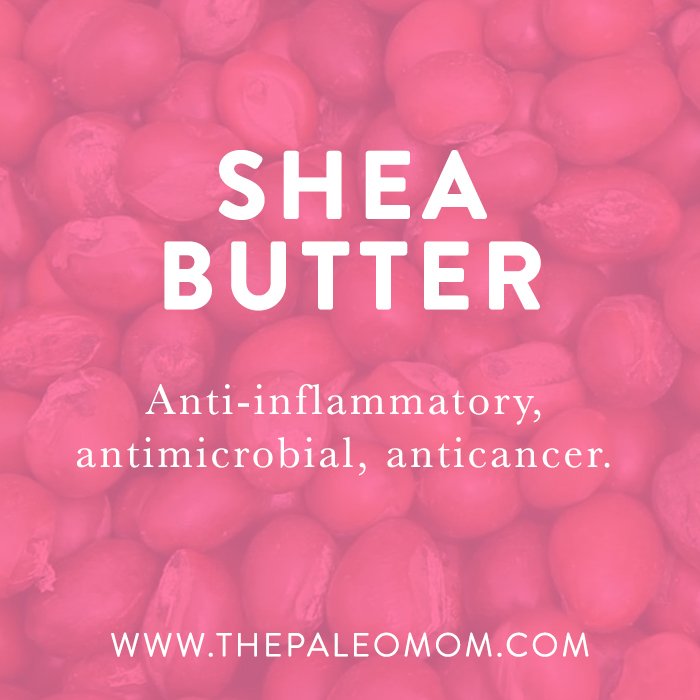 Shea Butter
Shea Butter
Shea butter is extracted from the nut of Vitellaria paradoxa, a tree native to the dry savannah zones of African. It is traditionally used in Africa for its anti-inflammatory and analgesic effects, being used in natural childbirth, to reduce parasite infection, and as a beauty balm.
Shea butter has strong anti-inflammatory, antiallergic, antimicrobial, chemopreventative and anticancer properties, largely attributable to its high content of triglycerides (mainly stearic acid and heart-healthy oleic acid), triterpenoid compounds, and phenolic compounds. The anti-inflammatory properties of shea butter are particularly impressive. Attributable to the actions of at least fifteen different beneficial triterpenoids compounds, shea butter reduces production of protinflammatory cytokines TNF-α, IL-1β and IL-12; it reduces expression of proinflammatory enzymes iNOS and COX-2; and blocks activation of NF-κB, a transcription factor that controls inflammation and immunity.
Summary: anti-inflammatory, antimicrobial, anticancer
Which One is Best?
These five healing oils for healthy skin are all wonderful, and I am so excited to see Paleo and Primal-focused skincare products based on combinations of these amazing natural oils. For 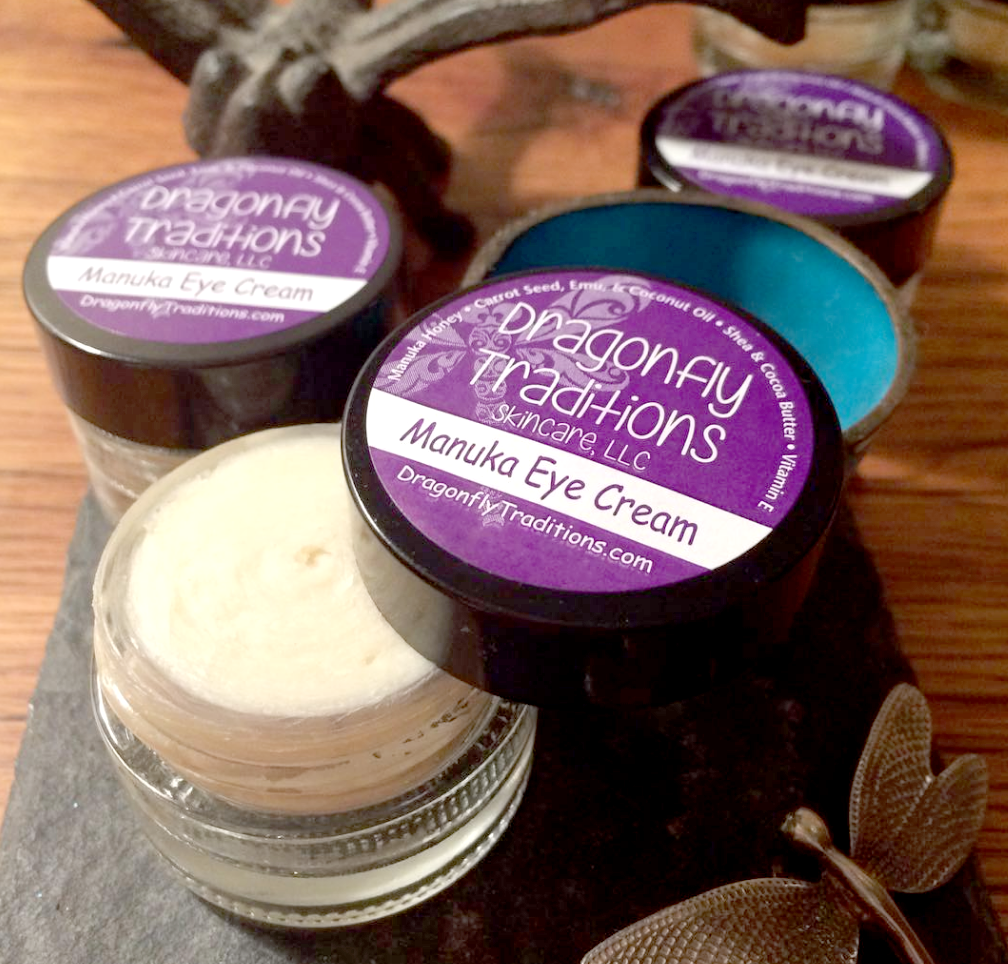 example, one of my absolute favorite companies, Dragonfly Traditions, makes a variety of moisturizers, serums, eye creams and more all based on combinations of these and other well-established healing natural oils (like coconut oil, avocado oil, olive oil…) as well as essential oils, beeswax, honey and minerals. By using these skincare products, you get to take advantage of all of the beneficial properties of each of these healing oils!
example, one of my absolute favorite companies, Dragonfly Traditions, makes a variety of moisturizers, serums, eye creams and more all based on combinations of these and other well-established healing natural oils (like coconut oil, avocado oil, olive oil…) as well as essential oils, beeswax, honey and minerals. By using these skincare products, you get to take advantage of all of the beneficial properties of each of these healing oils!
One property that all five of these healing fats have in common is that they permeate the skin, so much so that they’ve all been studied for use in topical drug delivery (because they help substances that normally wouldn’t be absorbed into the skin penetrate it). For the seeker of effective natural skincare, that’s also good news. Every single one of these oils absorbs quickly and delivers their skin health-promoting constituents (beneficial fats, antioxidants, phytochemicals, vitamins and minerals) as well as other ingredients that might be combined with these oils deeper into the skin. This of course would be a concern if you’re using a moisturizer full of surfactants and parabens, but a great benefit when you’re using a product with nutrient-rich natural ingredients to effectively nourish the skin, like the aforementioned Dragonfly Traditions!
Citations
Afshar M, et al, Effects of Topical Emu Oil on Burn Wounds in the Skin of Balb/c Mice. Dermatol Res Pract. 2016;2016:6419216. doi: 10.1155/2016/6419216. Epub 2016 Mar 16.
Akihisa T, et al, Anti-inflammatory and chemopreventive effects of triterpene cinnamates and acetates from shea fat. J Oleo Sci. 2010;59(6):273-80.
Ansel JL et al, Biological Activity of Polynesian Calophyllum inophyllum Oil Extract on Human Skin Cells. Planta Med. 2016 Jul;82(11-12):961-6. doi: 10.1055/s-0042-108205. Epub 2016 Jun 9.
Desbois AP and Lawlor KC. Antibacterial activity of long-chain polyunsaturated fatty acids against Propionibacterium acnes and Staphylococcus aureus. Mar Drugs. 2013 Nov 13;11(11):4544-57. doi: 10.3390/md11114544.
Habashy RR, et al, Anti-inflammatory effects of jojoba liquid wax in experimental models. Pharmacol Res. 2005 Feb;51(2):95-105.
Honfo FG, et al, Nutritional composition of shea products and chemical properties of shea butter: a review. Crit Rev Food Sci Nutr. 2014;54(5):673-86. doi: 10.1080/10408398.2011.604142.
Jeengar MK, et al, Review on emu products for use as complementary and alternative medicine. Nutrition. 2015 Jan;31(1):21-7. doi: 10.1016/j.nut.2014.04.004. Epub 2014 Apr 19.
Léguillier T, et al, The Wound Healing and Antibacterial Activity of Five Ethnomedical Calophyllum inophyllum Oils: An Alternative Therapeutic Strategy to Treat Infected Wounds. PLoS One. 2015 Sep 25;10(9):e0138602. doi: 10.1371/journal.pone.0138602. eCollection 2015.
Pazyar N, et al, Jojoba in dermatology: a succinct review. G Ital Dermatol Venereol. 2013 Dec;148(6):687-91.
Ranzato E, et al, Wound healing properties of jojoba liquid wax: an in vitro study. J Ethnopharmacol. 2011 Mar 24;134(2):443-9. doi: 10.1016/j.jep.2010.12.042. Epub 2011 Jan 4.
Sergeant S, et al. Gamma-linolenic acid, Dihommo-gamma linolenic, Eicosanoids and Inflammatory Processes. Eur J Pharmacol. 2016 Aug 15;785:77-86. doi: 10.1016/j.ejphar.2016.04.020. Epub 2016 Apr 12.
van Zyl L, et al, Essential Fatty Acids as Transdermal Penetration Enhancers. J Pharm Sci. 2016 Jan;105(1):188-93. doi: 10.1016/j.xphs.2015.11.032. Epub 2016 Jan 13.
Verma N, et al, Anti-inflammatory effects of shea butter through inhibition of iNOS, COX-2, and cytokines via the Nf-κB pathway in LPS-activated J774 macrophage cells. J Complement Integr Med. 2012 Jan 12;9:Article 4. doi: 10.1515/1553-3840.1574.
Viljoen JM, et al, Penetration enhancing effects of selected natural oils utilized in topical dosage forms. Drug Dev Ind Pharm. 2015;41(12):2045-54. doi: 10.3109/03639045.2015.1047847. Epub 2015 Jul 10.
Zhang J, et al, Triterpene glycosides and other polar constituents of shea (Vitellaria paradoxa) kernels and their bioactivities. Phytochemistry. 2014 Dec;108:157-70. doi: 10.1016/j.phytochem.2014.09.017. Epub 2014 Oct 21.

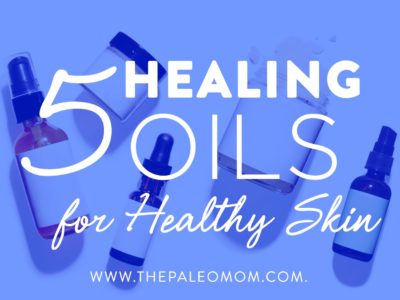


 Transitions: All In or Baby Steps?
Transitions: All In or Baby Steps?